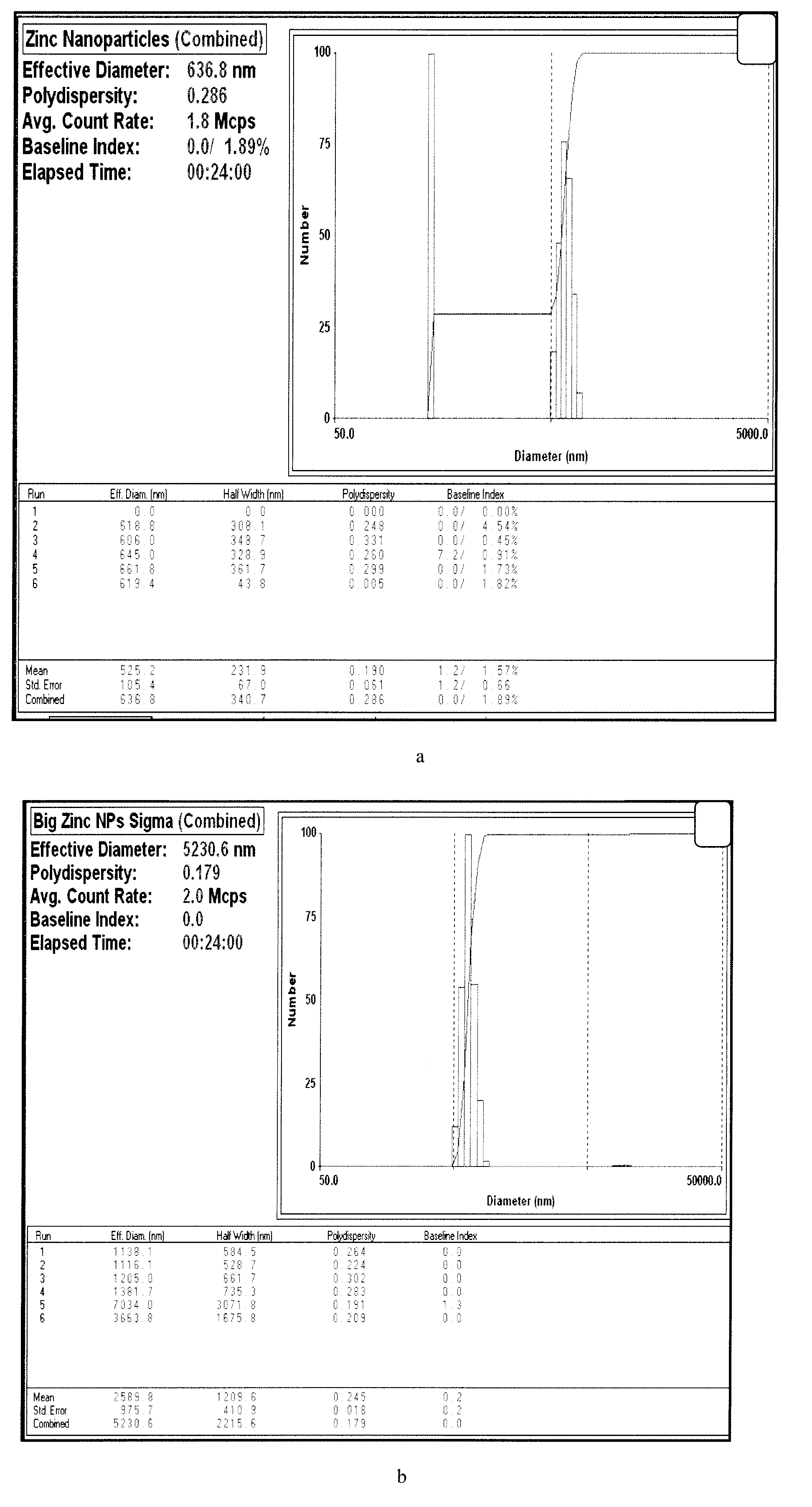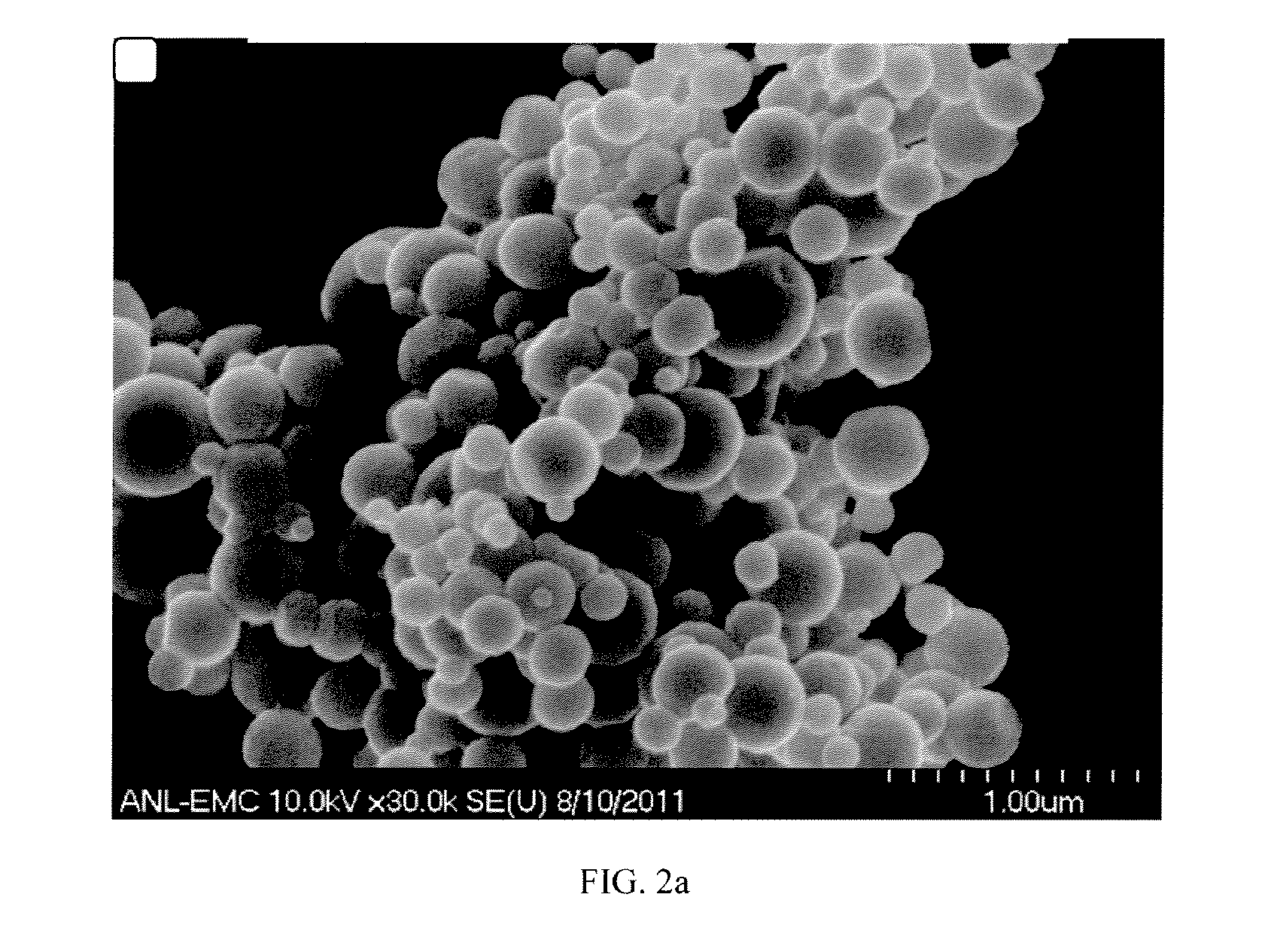Nanoparticles for heat transfer and thermal energy storage
a technology of nanoparticles and heat, applied in the field of nanoparticles for heat, can solve the problems of increasing the volume of tes storage, increasing the cost of electricity production using solar energy, and increasing the cost of tes storage, etc., and achieves the effect of increasing the volumetric thermal energy storage capacity
- Summary
- Abstract
- Description
- Claims
- Application Information
AI Technical Summary
Benefits of technology
Problems solved by technology
Method used
Image
Examples
Embodiment Construction
[0034]In one preferred embodiment a method and articles of manufacture provide efficient storage of heat energy by concentrated solar power plants (“CSP” hereinafter). In this embodiment a combination is provided of a high temperature heat transfer material with inclusion of particular types of nanoparticles and also using phase change materials (“PCM” hereinafter) which greatly amplify the ability to efficiently store energy. Storage of thermal energy in the form of latent heat in phase change materials (PCM) is found to be attractive for low and medium temperature range applications. Addition of PCMs can contribute additional thermal energy storage (TES) capacity through the latent heat of solid / liquid or solid I / solid II transformation. The heat transfer can be improved by use of a phase change material (PCM) to transfer energy to steam including the using of composite materials based on highly conductive graphite. Further, encapsulation methodologies were found to increase the h...
PUM
| Property | Measurement | Unit |
|---|---|---|
| size | aaaaa | aaaaa |
| temperature | aaaaa | aaaaa |
| size | aaaaa | aaaaa |
Abstract
Description
Claims
Application Information
 Login to View More
Login to View More - R&D
- Intellectual Property
- Life Sciences
- Materials
- Tech Scout
- Unparalleled Data Quality
- Higher Quality Content
- 60% Fewer Hallucinations
Browse by: Latest US Patents, China's latest patents, Technical Efficacy Thesaurus, Application Domain, Technology Topic, Popular Technical Reports.
© 2025 PatSnap. All rights reserved.Legal|Privacy policy|Modern Slavery Act Transparency Statement|Sitemap|About US| Contact US: help@patsnap.com



